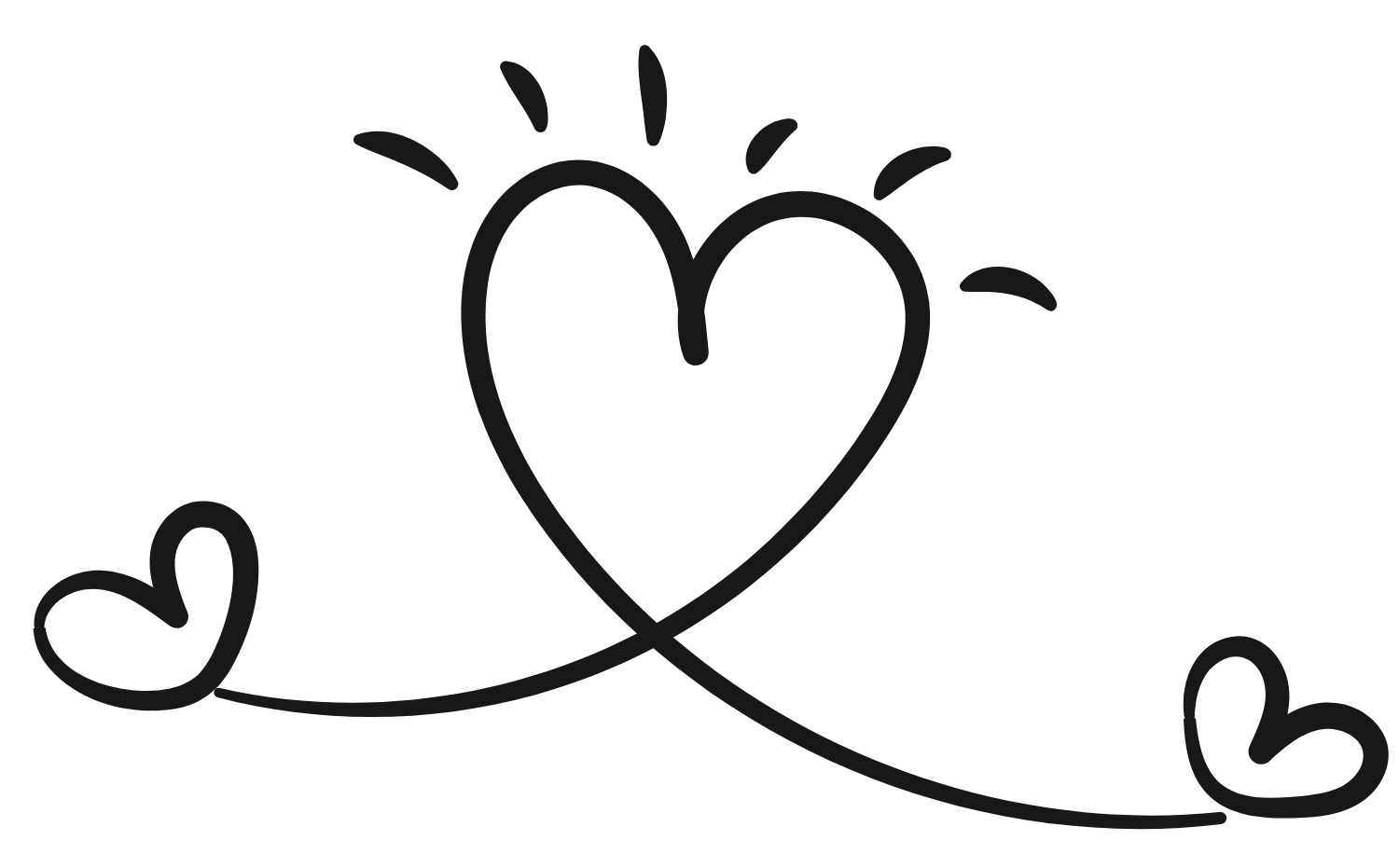Emotions vs Feelings
Have you ever stopped to think about the complex interplay of your feelings and emotions?
It's like going into the deepest parts of our inner beings, a truly captivating journey. Feelings and emotions are key players in the dynamic ecosystem of our minds, each with its distinct role. Join me as we explore these mysteries a little bit more, mixing scientific insights with moments of self-reflection.
Emotions Definition
Think of emotions as the pure, unfiltered core of our responses to the world. The definition of emotions in neuroscience describes them as complex patterns of brain activity that prepare us for action. These signals are like our primal instincts, coming from the deepest parts of our brain that existed before language and complex thinking. Our brain controls our emotional reactions, ranging from happiness and frustration to fear and astonishment. These experiences are something we all go through, no matter where we come from or what kind of creature we are, hinting at a common background in the rich fabric of existence.
Emotions are our immediate, instinctual responses to stimuli around us. They're like the body's initial alert system—quick and often intense. A practical step to understanding emotions is recognizing and labeling them as they happen.
To simplify the concept, picture emotions as the first drafts of our feelings; as the big picture, while feelings are the intricate nuances we incorporate from our unique backgrounds, values, and past events. The information gets processed in the cerebral cortex, which controls our thoughts, reasoning, and judgment. Emotions are unique and personal interpretations of our inner experiences.
The Relationship Between Emotions and Feelings
Are emotions and feelings the same thing? It's a question that has intrigued philosophers and scientists alike. While closely related, they're distinct aspects of our emotional lives.
Consider a moment of fear: your heart races, and your palms sweat—an emotional response to a perceived threat. However, the feelings stemming from this emotion could be anxiety, caution, or even excitement, depending on your past experiences and circumstances. This dynamic illustrates the constantly evolving connection between emotions and feelings. Emotions are a universal language, while feelings are akin to unique dialects, heavily influenced by personal experiences.
Let's break it down further: You're strolling through a dimly lit alley and hear a sudden noise. The emotion of fear kicks in immediately—your heart races, your palms sweat. That's the raw emotion. The feeling emerges a few moments later as you process this reaction. It could be anxiety if you've had frightening experiences in the past, or it might be excitement if you enjoy a bit of thrill.
In other words, feelings are emotions that have been processed through the lens of our personal experiences, beliefs, and memories. They are our emotional reactions after we've had time to think about the initial emotion. Feelings are our conscious experience of emotions. They're the stories we tell ourselves about our emotional states, colored by our memories, values, and past experiences. While an emotion might be a universal response, the resulting feeling is uniquely yours.
Emotions And The Brain
Looking at it from a scientific angle, the intriguing relationship between feelings and emotions is reflected in the interaction of our brain's limbic system and cerebral cortex. The limbic system kicks off the emotional response, quick and intense, while the cerebral cortex analyzes these emotions, assigning significance and personal meanings, ultimately creating feelings.
But where exactly are emotions in the brain?
The amygdala, hippocampus, and hypothalamus play crucial roles, each contributing to the complex tapestry of our emotional experiences. These structures work in concert, triggering the physiological responses we associate with emotions—the racing heart of fear and the warm glow of happiness.
Getting a grasp of this dynamic goes beyond gaining insight; it opens up a route to self-awareness and emotional intelligence. Understanding the difference helps us navigate our inner world. We may not always control our emotions, but we can shape our feelings and responses through reflection and conscious thought.
Why Emotions Are Important
Why do emotions matter?
They're far more than just inconvenient interruptions to our logical thoughts. Emotions are the very essence of what makes us human. They guide our decisions, shape our memories, and color our perceptions of the world.
Let's think about how this knowledge influences our path to emotional well-being. Understanding the distinction between emotions and feelings can allow us to stop and ponder:
"Is this feeling an accurate representation of the current situation, or is it influenced by previous encounters?"
This question really helps us understand ourselves better, and it also encourages us to be more compassionate and empathetic in our interactions with others.
Exploring our inner landscape involves recognizing the difference between feelings and emotions, enabling us to fully embrace our human experience. It's all about embracing the raw, universal power of our emotions while respecting the individual, personal shades of our feelings. This insight doesn't simplify the intricacy of our emotional experiences; it enhances them, providing a greater understanding of the subtle dynamics that shape our humanity.
So, my dear reader, I invite you to pay attention to your emotional landscape. Notice the quick, instinctual emotions that arise and the more nuanced feelings that follow. In doing so, you're not just gaining knowledge; you are opening the connection with yourself full of insights and discoveries, and cultivating an inner voice that you trust, guided by wisdom, empathy, and a deep-seated curiosity about the wonders of the human mind.
I recommend reading the article about Vulnerability next. Enjoy!

© 2023-2025 Copyright Zontap SRL All Rights Reserved




